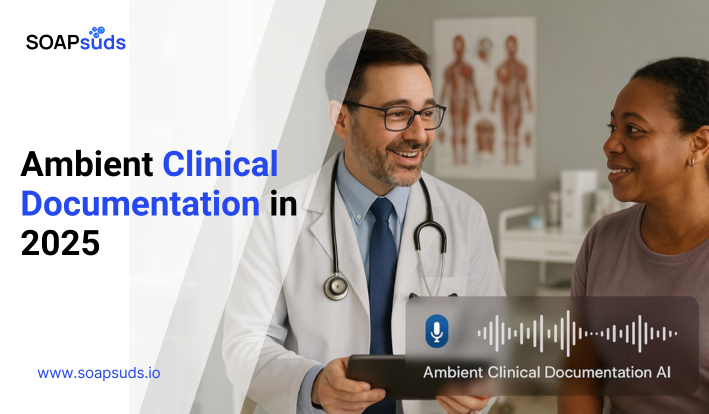Is Medical Transcription Still in Demand? An In-Depth Analysis for 2024
SOAPsuds team
Published: 12/6/2024
SOAPsuds team
Published: 12/6/2024
We hope this FAQ page answers your questions about SOAPsuds. If you have additional inquiries or need further clarification, don't hesitate to reach out to us
What is the future of medical transcriptionists?
Is AI replacing medical transcription?
Is transcription becoming obsolete?
What is the future of transcription jobs?

Skilled Nursing Facilities (SNFs) play a key role in delivering reliable post-acute care to some

SOAP notes are a structured documentation format healthcare professionals use to record patient progress and...

The End-of-Life Care Plan (EOLCP) Template is designed to help palliative care providers

AI medical scribes have shown clear advantages for doctors, patients, and healthcare providers

Ambient clinical documentation is quietly changing how healthcare works. It acts like an unseen helper

Healthcare providers spend about 1.77 hours each day completing notes outside regular office hours
Clinical Notes
SOAP notes
DAP notes
AI medical notes